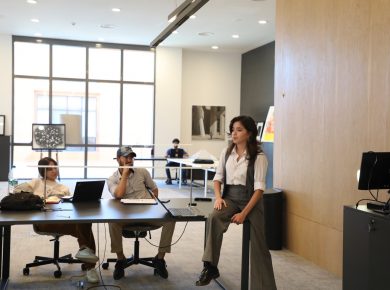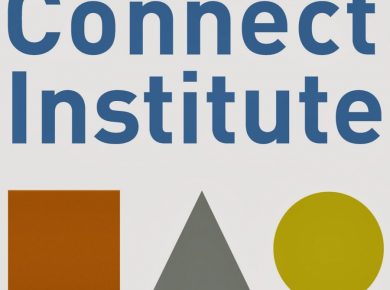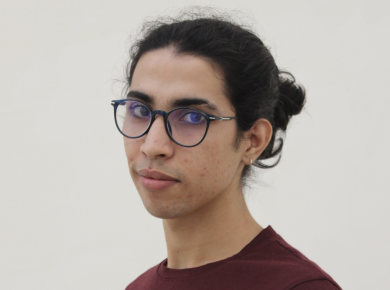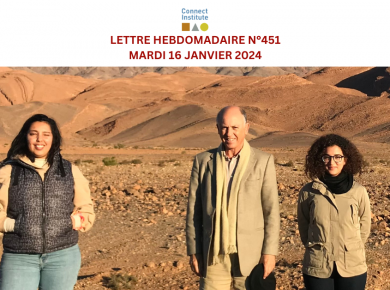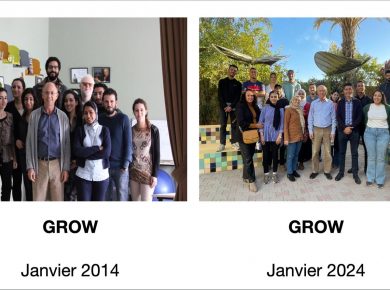Pour l’exercice de rédaction de cette semaine, le participant Abdellatif Ait Lahinte, a choisi d’écrire une réflexion autour de l’oeuvre « The School of Athens » du grand peintre italien de la renaissance Raphaël.
Découvrez ce que Abdellatif, 21 ans, a rédigé.
The Renaissance was truly a revolutionary period in the Western world, especially when it came to art. It underlined the rebirth of ancient philosophy in art. One of the most highly interesting and informative paintings that illustrates this fact is the fresco painting by Raffaello Sanzio, known as ‘The School of Athens.’
I first encountered this painting two years ago when I was highly interested in philosophy and delving into its deepest and most affluent aspects to satisfy my curiosity. I came across it again at school, specifically in the Toastmasters program. While searching thoroughly in every corner of the web to gather as much information as I could, I was fascinated. It depicts a vast assembly of philosophers, scientists, and mathematicians from Ancient Greece, including Plato, Aristotle, Pythagoras, Archimedes, and Heraclitus. The Italian artists Leonardo da Vinci and Michelangelo are also featured in the painting, portrayed as Plato and Heraclitus, respectively.
‘The School of Athens’ represents the central disagreement in Western philosophy, the debate between philosophers concerned with matters of the spiritual world and those concerned with the physical world. The fresco’s placement in the room in relation to the other paintings, its human subjects, and the setting illustrate the renewed interest in ancient ideas on philosophy, religion, and art that characterized the Renaissance.
However, what fascinated me the most is that although all the figures in this painting lived in the ancient world, thousands of years before Raphael began painting the fresco, there was only one man who was not from the ancient world. Yes, it is, in fact, the presence of Ibn Rushd as the only Arab figure and thinker in the painting that fascinated me the most. His sole presence was not a mere coincidence of any kind. Ibn Rushd, who here forms the link between ancient Greece and the time of Raphael, is also definite proof showcasing the vital role of Arab scholars in preserving and transmitting Greek knowledge, keeping the flame of Greek science burning, which then set the stage for the intellectual revival known as the Renaissance several centuries later.
This shocking and miraculous fact is without a doubt thrilling, and it is amusing how the Arabs played a significant role in the history of literature and knowledge. Thus, will there ever be a rise again for the Arabs? Then why have the Arabs always failed to present a thinker of the same caliber as Ibn Rushd, Ibn Sina, and Ibn Musa al-Khwarizmi?


